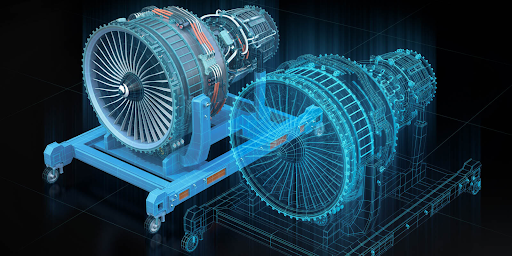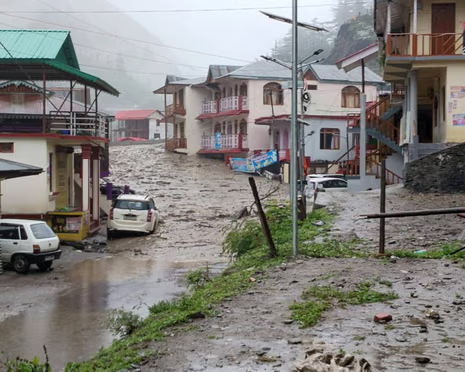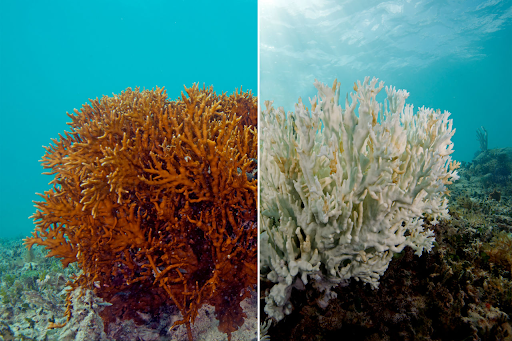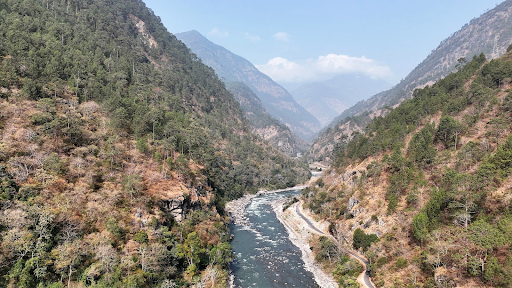Description

Disclaimer: Copyright infringement not intended.
Context
- Recently, the Survey of India (SoI) and Genesys International, a leading Indian mapping company, announced a strategic tie-up for a three-dimensional (3D) digital twin-mapping program in India.
About
- It is a virtual representation of a real-world entity, such as a product, process, person, or location, capable of interpreting and assessing its physical counterparts.
- The twin digital copy can also assist policymakers in understanding how infrastructure would perform in various conditions, such as high-footprint events, population growth, or natural disasters.
- The strategic alliance will use Genesys' all-India highly accurate navigable maps to construct digital twins of major cities and towns.
- Real-time high-precision location data is possible thanks to the Genesys sensor constellation and SOI's recently built Continuously Operating Reference Stations (CORS) network.
Key Facts about The Survey of India
- The country's National Survey and Mapping Organisation is part of the Department of Science and Technology.
- It is the Government of India's oldest scientific department.
- It bears a special responsibility to ensure that the country's domain is explored and mapped appropriately, to provide base maps for expeditious and integrated development, and to ensure that all resources contribute fully to our country's progress, prosperity, and security now and for future generations.

National Geospatial Policy 2022
- It is a citizen-centric policy based on Geo-Spatial technology, which seeks to strengthen the Geospatial sector to support national development, economic prosperity and a thriving information economy.
- The policy aims to set up high-resolution topographical surveys and mapping, with a high-accuracy Digital Elevation Model (DEM) by 2030.
Vision and Goals:
- It aims to make India a World Leader in Global Geospatial space with the best in the class ecosystem for innovation.
- To develop a coherent national framework in the country and leverage it to move towards a digital economy and improve services to citizens.
- To develop Geospatial infrastructures, Geospatial skills, and knowledge, standards, Geospatial businesses.
- To promote innovation and strengthen the national and sub-national arrangements for generating and managing Geospatial information.
Institutional framework:
- A Geospatial Data Promotion and Development Committee (GDPDC) at the national level shall be the apex body for formulating and implementing strategies related to the promotion of the Geospatial sector.
- GDPDC would replace and subsume the functions and powers of the National Spatial Data Committee (NSDC) constituted in 2006 and GDPDC constituted in 2021.
- The Department of Science & Technology shall continue to be the nodal Department of the Government and GDPDC shall make suitable recommendations to DST in the discharge of its functions relating to the Geospatial regime.
.jpg)
Significance
- Geospatial technology and data can serve as transformational agents in the pursuit of the Sustainable Development Goals (SDGs).
- This is a vibrant initiative to support start-ups and eliminate last-mile reliance on foreign turf.
- Geospatial data are essential in a wide range of crucial data management applications, including military operations, disaster and emergency management, environmental monitoring, and land and city planning.
|
PRACTICE QUESTION
Discuss the significance of Digital Twin Mapping in urban planning and development. How can it contribute to sustainable and resilient cities?
|















